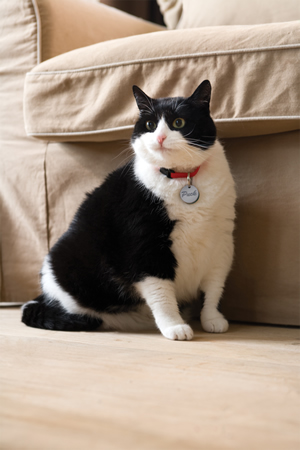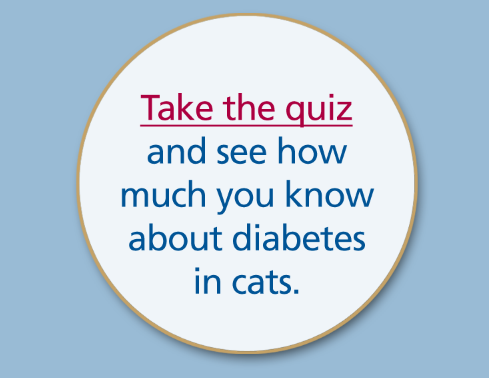Diabetes in Cats
Diagnosis and detection
Diabetes is one of many conditions that can affect your cat and cause visible changes in behavior and other signs. That’s why it’s important your cat be thoroughly examined by a veterinarian at least once a year or more frequently, if your veterinarian advises.
Knowing the signs of diabetes is the first step in protecting your cat’s health. If any of these statements describes your pet, speak with your veterinarian about the possibility of diabetes:
- Drinks more water than usual (polydipsia)
- Urinates more frequently, produces more urine per day, or has “accidents” outside the litter box (polyuria)
- Always acts hungry (polyphagia), but maintains or loses weight
- Is less active or sleeps more (lethargic)
- Has thinning, dry, and dull hair
When evaluating your cat for diabetes, your veterinarian may ask about these signs and will check your cat’s general health to rule out the possibility of other conditions or infections.
A sample of your cat’s urine may be tested first for the presence of glucose, ketones, and/or a urinary tract infection. If glucose is present in your cat’s urine, the veterinarian also will want to determine your cat’s blood glucose concentration and fructosamine concentration. If the blood glucose concentration is consistently higher than normal, your cat’s pancreas may not be secreting enough insulin or your cat’s body is “resistant” to the insulin being produced. Regardless of the cause for increased blood sugar, your pet is suffering from diabetes mellitus.
A diabetes diagnosis is considered definite when glucose is found at a persistently high concentration in blood and in urine.



